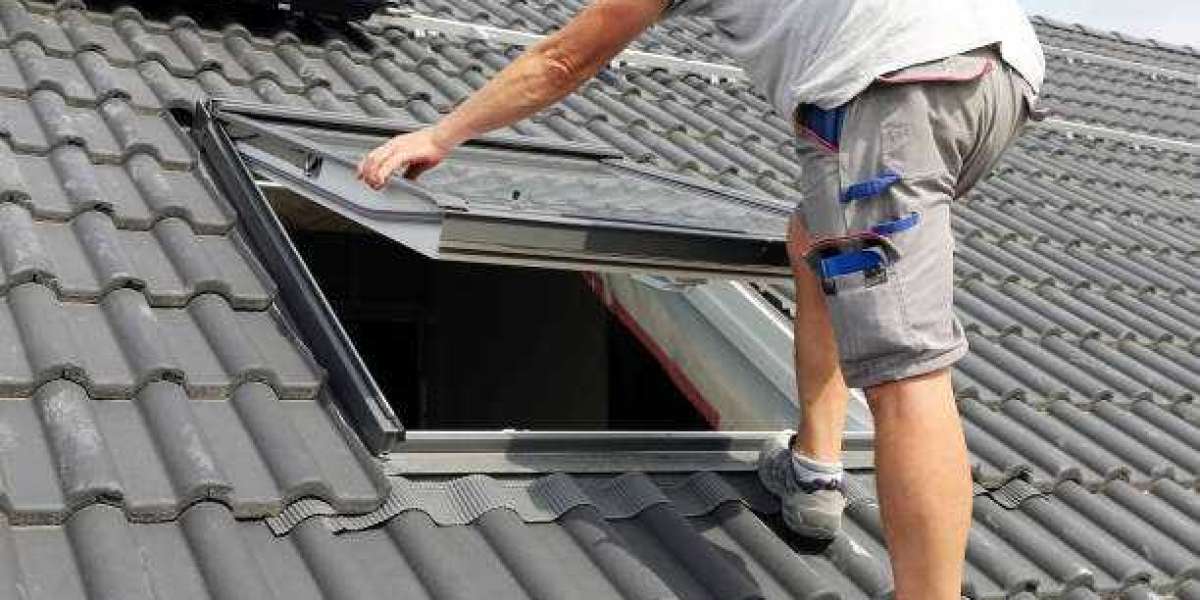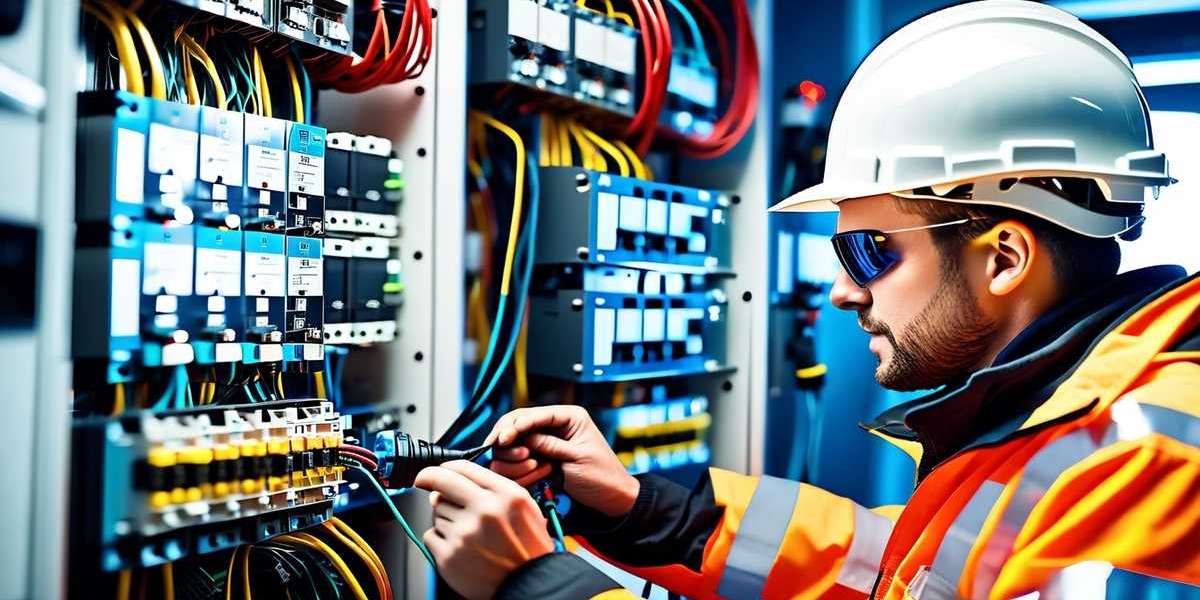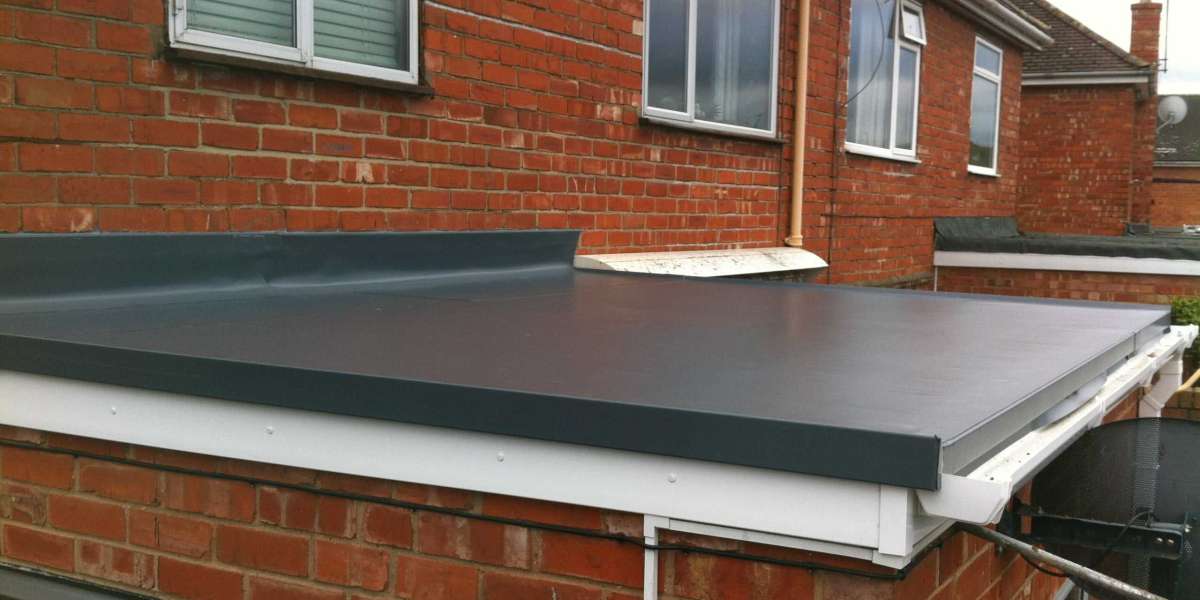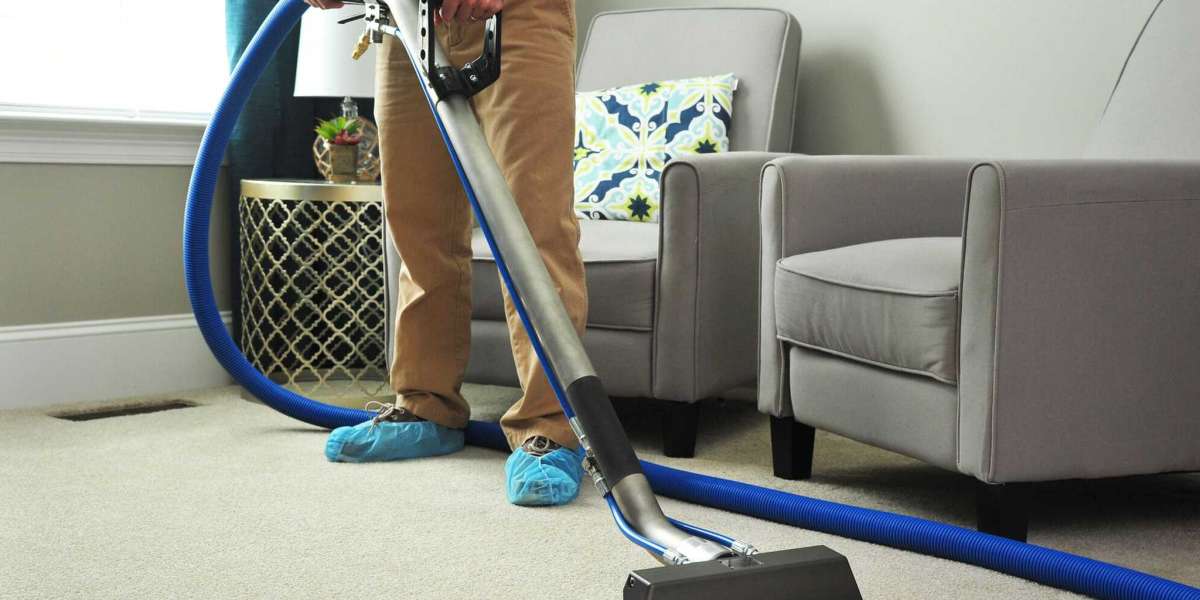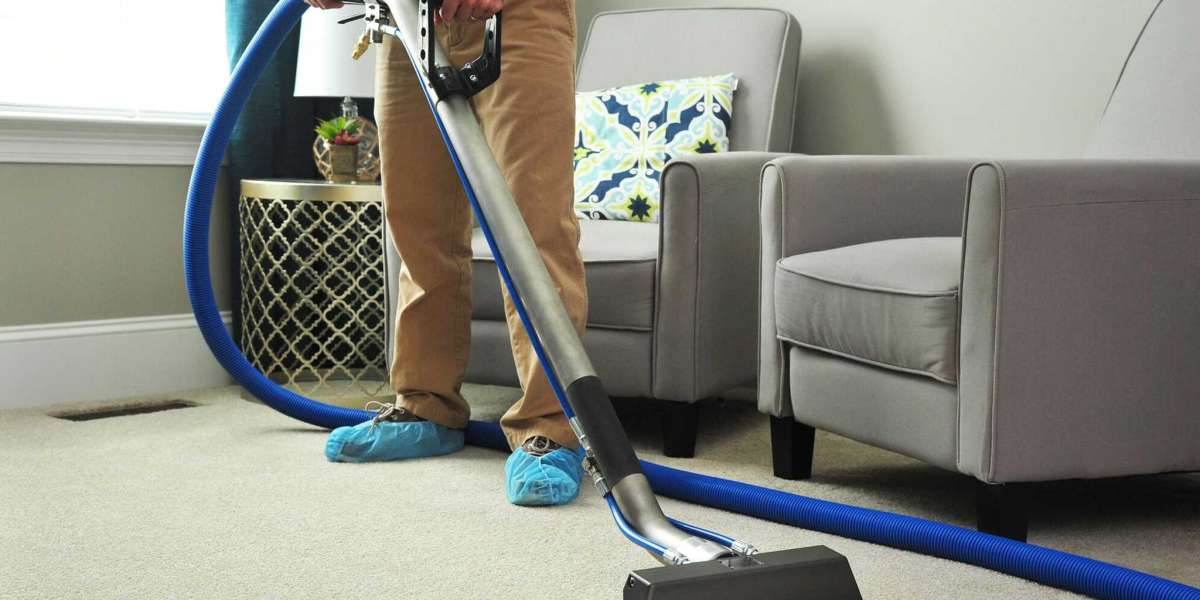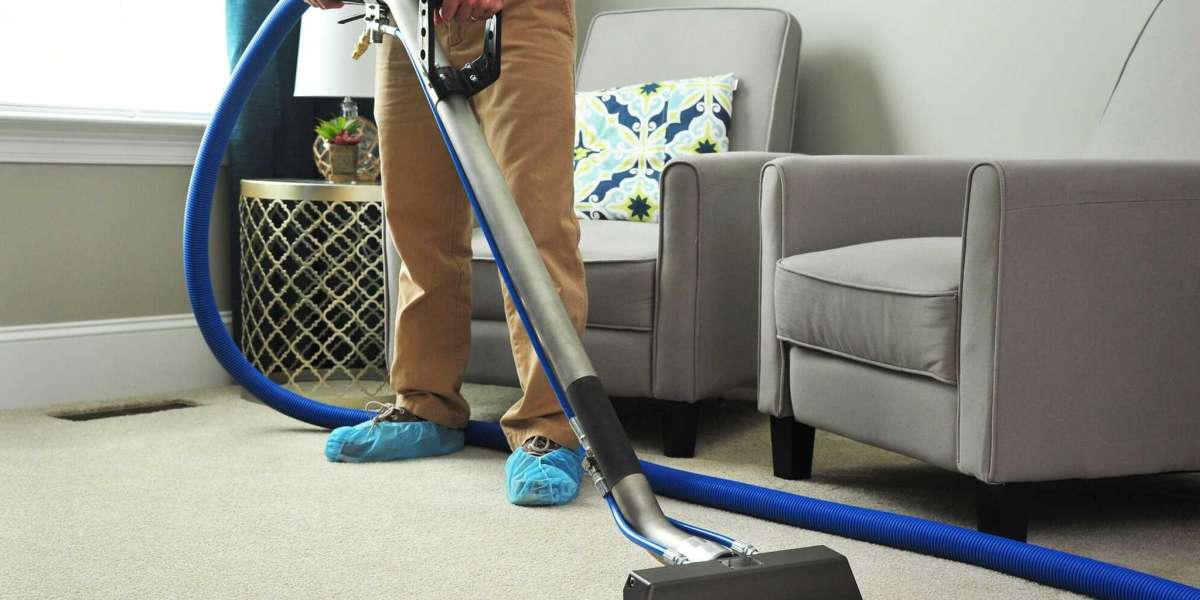Adding a skylight can transform any room by bringing in more natural light, improving ventilation, and even enhancing your home’s energy efficiency. But not all installations are the same—how well your skylight performs depends on how it’s selected, placed, and sealed.
If you’re considering skylight installation, especially in 2025 when energy costs are top of mind for many homeowners, it’s important to know what makes a skylight energy-efficient and how to avoid common mistakes.
Choose Energy-Efficient Skylights from the Start
The foundation of long-term performance lies in choosing the right product. Modern energy-efficient skylights are designed with advanced glazing, insulated frames, and UV-blocking layers to reduce heat gain in summer and heat loss in winter.
Look for models that meet ENERGY STAR® standards or feature double- or triple-glazed glass with argon gas filling. Some units also include built-in shades or solar-powered vents for enhanced temperature control and moisture regulation.
Velux skylight installation, in particular, is a popular choice among homeowners who want durable, well-insulated options with a variety of features and styles.
Placement and Positioning Make All the Difference
Where your skylight is placed has a big impact on how much light and heat it brings into your home. South-facing units bring in the most daylight, while north-facing ones offer consistent, cooler lighting throughout the day.
If you're in Lebanon, MO, you’ll want to consider seasonal sun exposure, roof angle, and interior room use. A professional installer can guide you on placement that maximizes natural light while minimizing unwanted heat gain or glare.
For example, placing a unit above a staircase or hallway can brighten shared spaces without overheating living areas.
Prioritize Proper Sealing to Prevent Leaks
Even the most advanced skylight can become a problem if it's not sealed correctly. Leaks often occur when flashing isn’t installed properly or when the surrounding materials shift over time.
To avoid moisture intrusion, professional roofing contractors will use step flashing, waterproof underlayment, and sealants designed for long-term durability. This attention to detail is essential for preventing costly skylight leak repair later on.
Whether it's part of a new build or a retrofit, every step of the sealing process should be handled with precision to keep your interior dry and damage-free.
Consider the Right Type for Your Needs
There’s no one-size-fits-all approach to skylight installation and repair. You’ll need to choose between fixed, vented, tubular, or solar-powered models depending on your goals:
- Fixed – Best for lighting only, ideal in areas where ventilation isn’t needed.
- Vented – Helps with airflow, great for kitchens, bathrooms, and attics.
- Tubular – Perfect for smaller rooms like closets or hallways.
- Solar-powered – Operates with remote control or sensors, enhancing convenience and energy savings.
Professionals offering custom skylight installation can help you select and size the right unit for your space, style, and performance goals.
Factor in Replacement Timing
If your existing unit is over 10–15 years old and showing signs of wear—foggy glass, drafts, or staining—it may be time to consider a replacement.
Often, homeowners wait until signs of damage appear, but proactively upgrading to newer, energy-efficient models can improve comfort and reduce energy bills. It also allows for updated flashing and sealing techniques that didn’t exist in previous generations.
Swapping an old one during a residential installation project (or as part of a larger roofing update) ensures consistent protection and performance across your entire system.
Work with Trusted Professionals
Quality installation is critical to your skylight’s success. Working with experienced roofing contractors ensures every element—from flashing to framing—is done correctly.
When searching for roof skylight installation, choose experts who specialize in both residential and commercial projects, so they’re familiar with different roof structures and materials.
In Lebanon, MO, one company known for skilled, energy-focused work is Roof Lux, trusted by homeowners for delivering both functionality and design in one seamless installation.
Final Thoughts
Installing a skylight is one of the most effective ways to enhance your home's lighting, comfort, and energy efficiency. But without proper planning, product selection, and sealing, it can lead to leaks and energy loss.
In 2025, smart homeowners are focusing on high-performance materials, strategic placement, and trusted professionals to ensure a long-lasting result. Whether you're replacing an outdated model or installing a new one from scratch, keep energy efficiency at the heart of your decision.
With the right product and the right team, your skylight can be both a design upgrade and a functional investment.
FAQs
- How long do energy-efficient skylights last?
Most high-quality models last 20–30 years, especially when installed correctly and properly maintained. - Can a skylight really reduce my energy bills?
Yes. Well-placed, energy-efficient models reduce the need for artificial lighting and help with passive temperature control. - What causes skylight leaks?
Leaks are often due to poor flashing or aging materials. Skylight leak repair typically involves resealing or replacing the unit. - Is it expensive to replace an old skylight?
Skylight replacement costs vary, but upgrading to energy-efficient models often pays off in lower utility bills and increased comfort.
